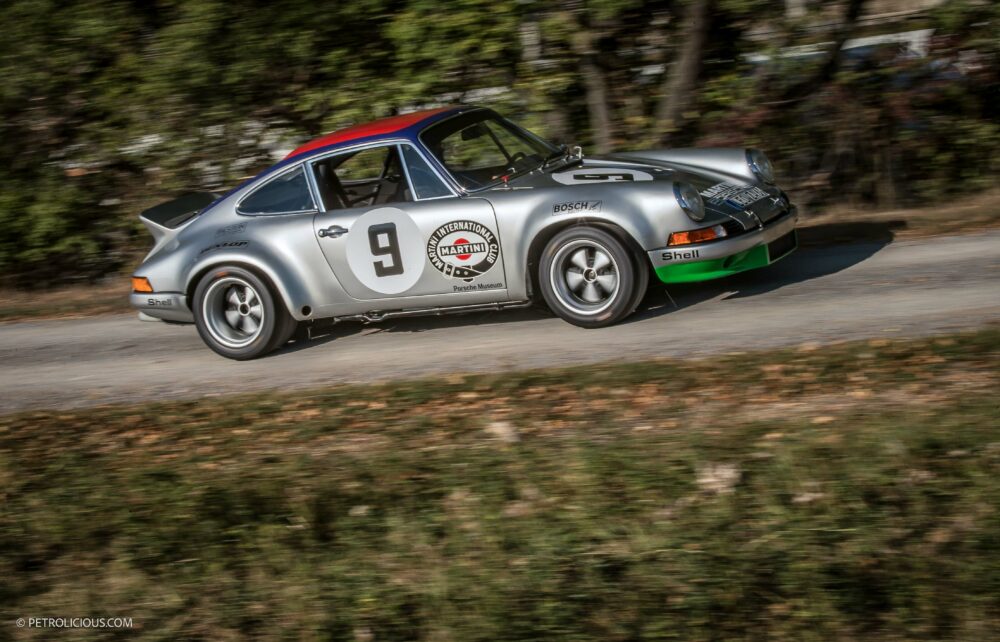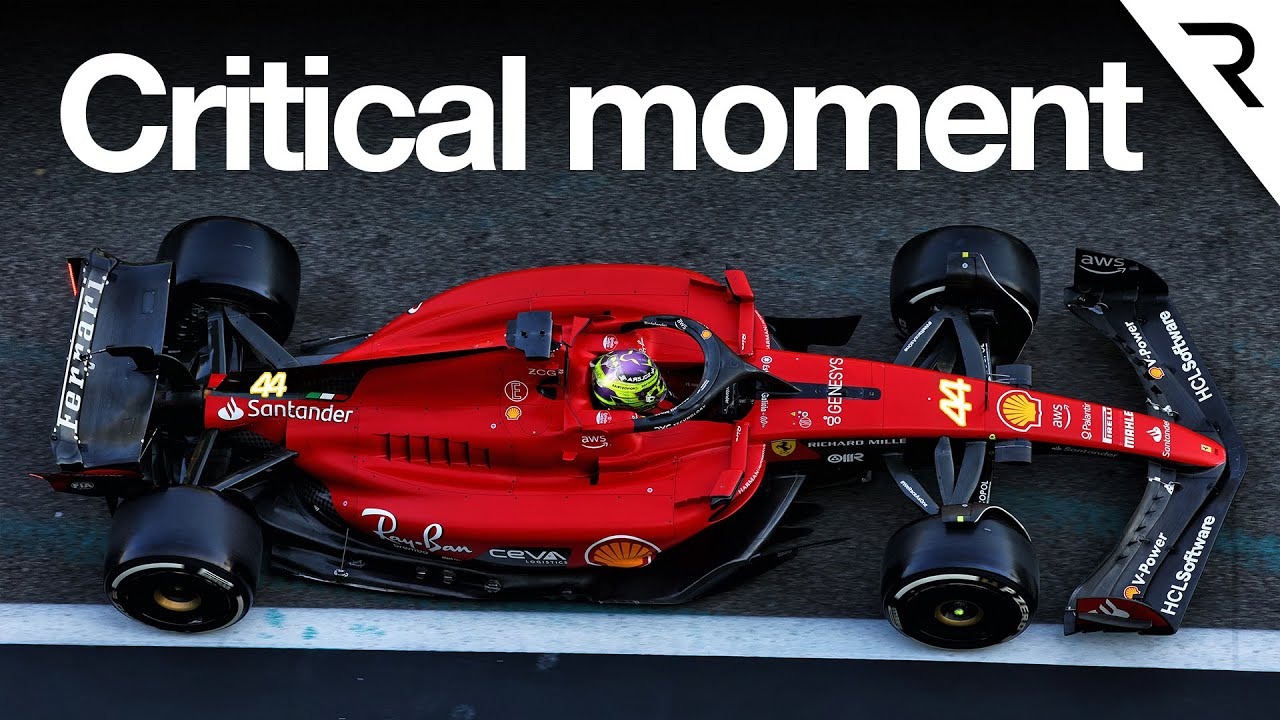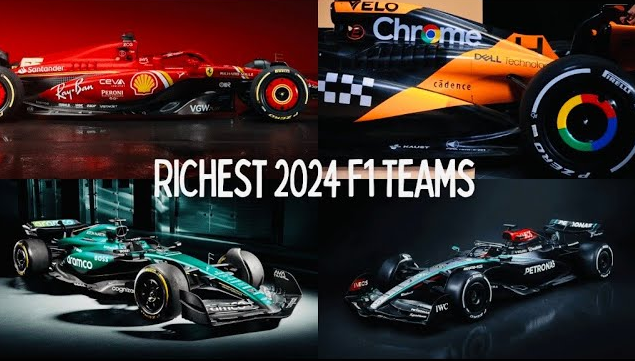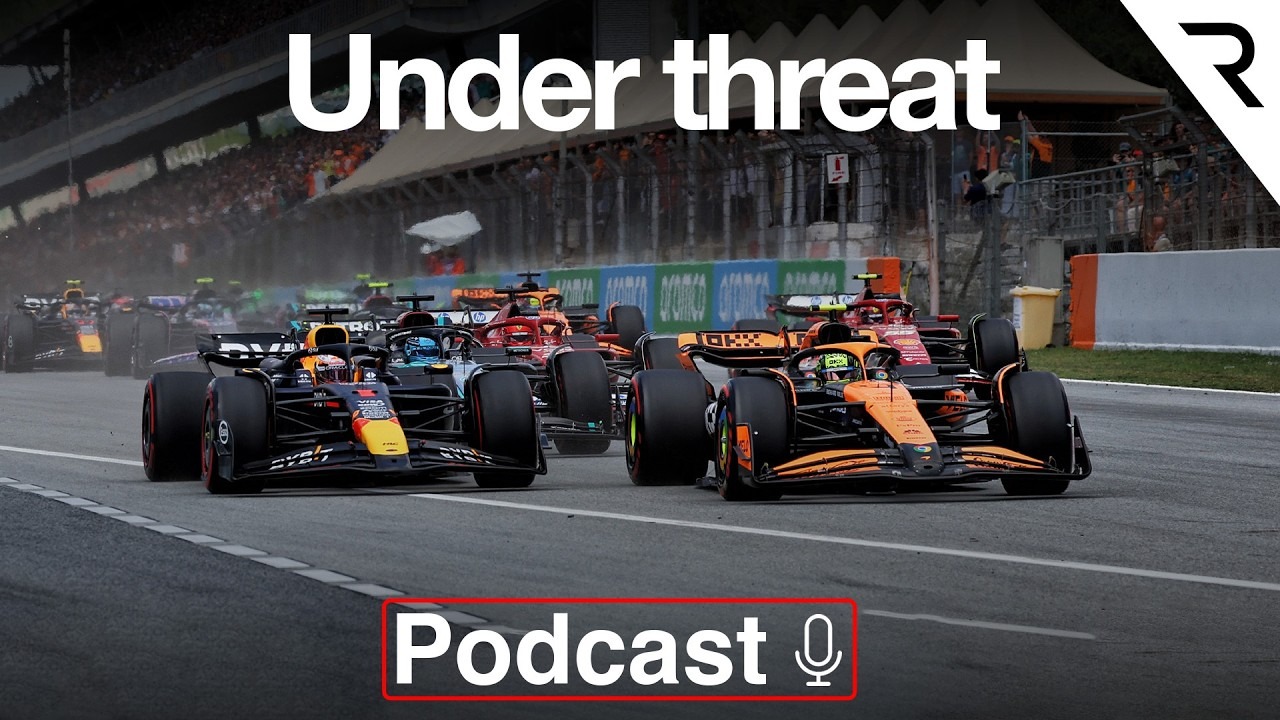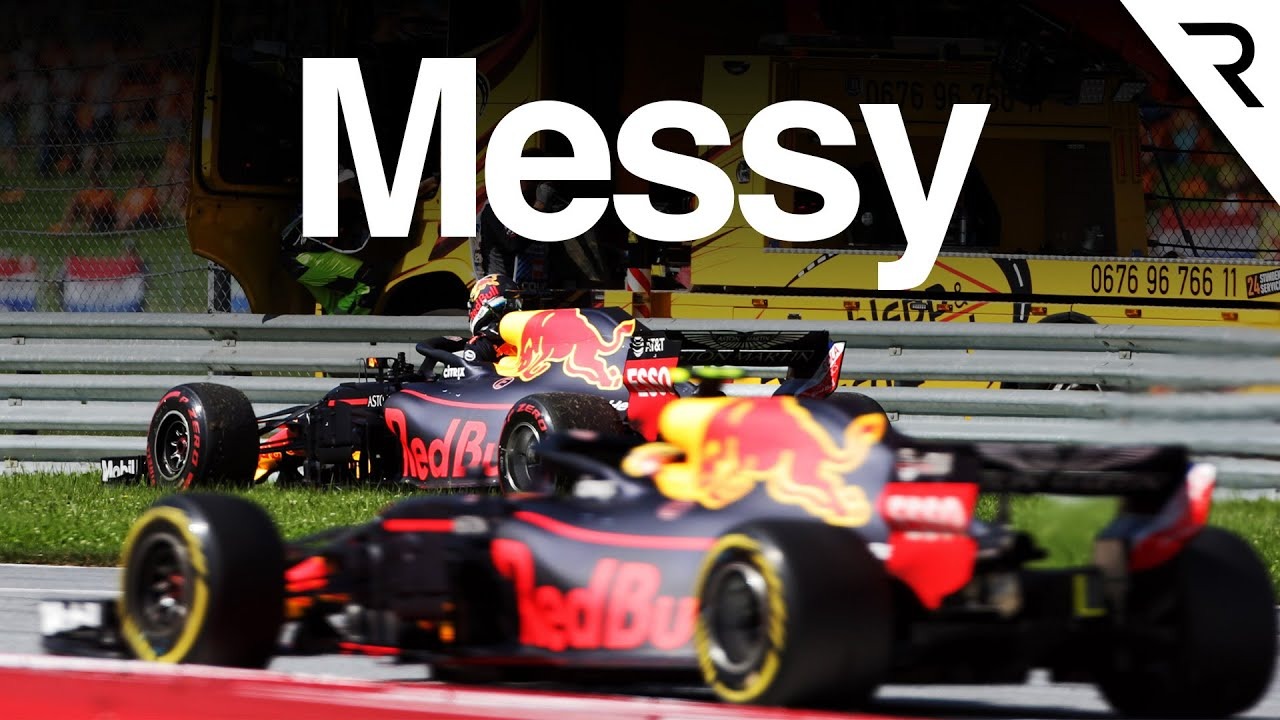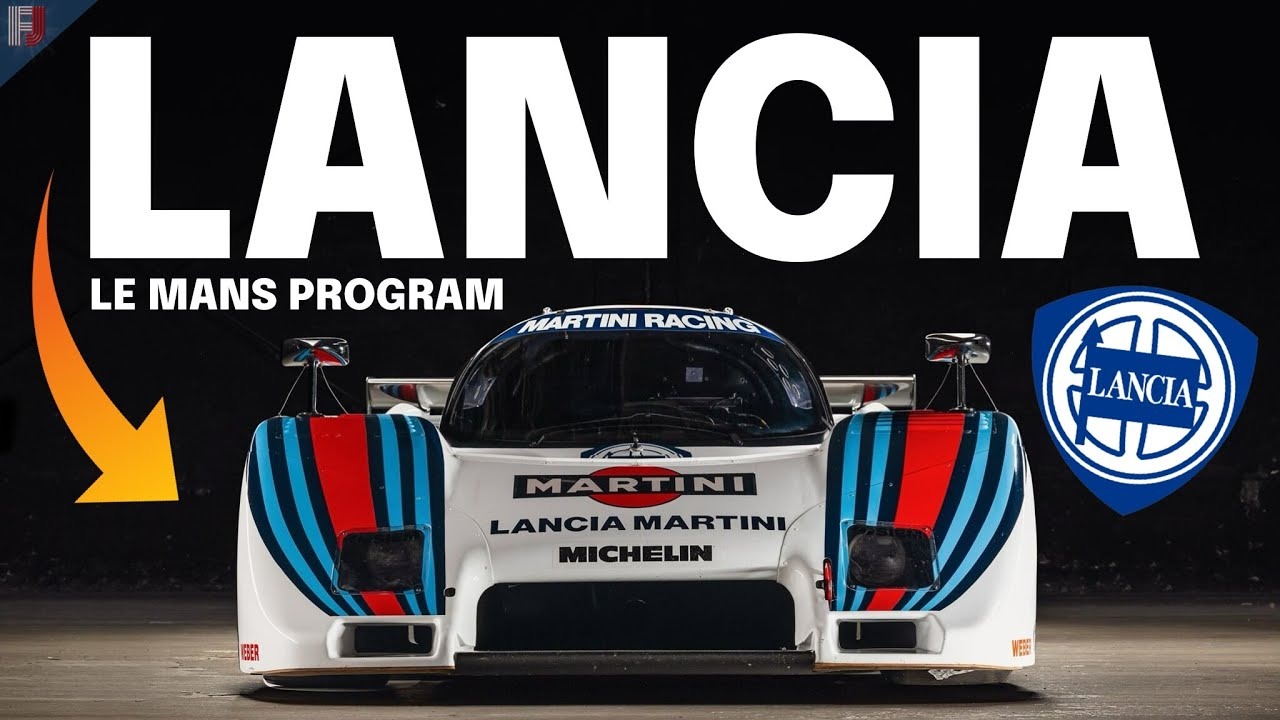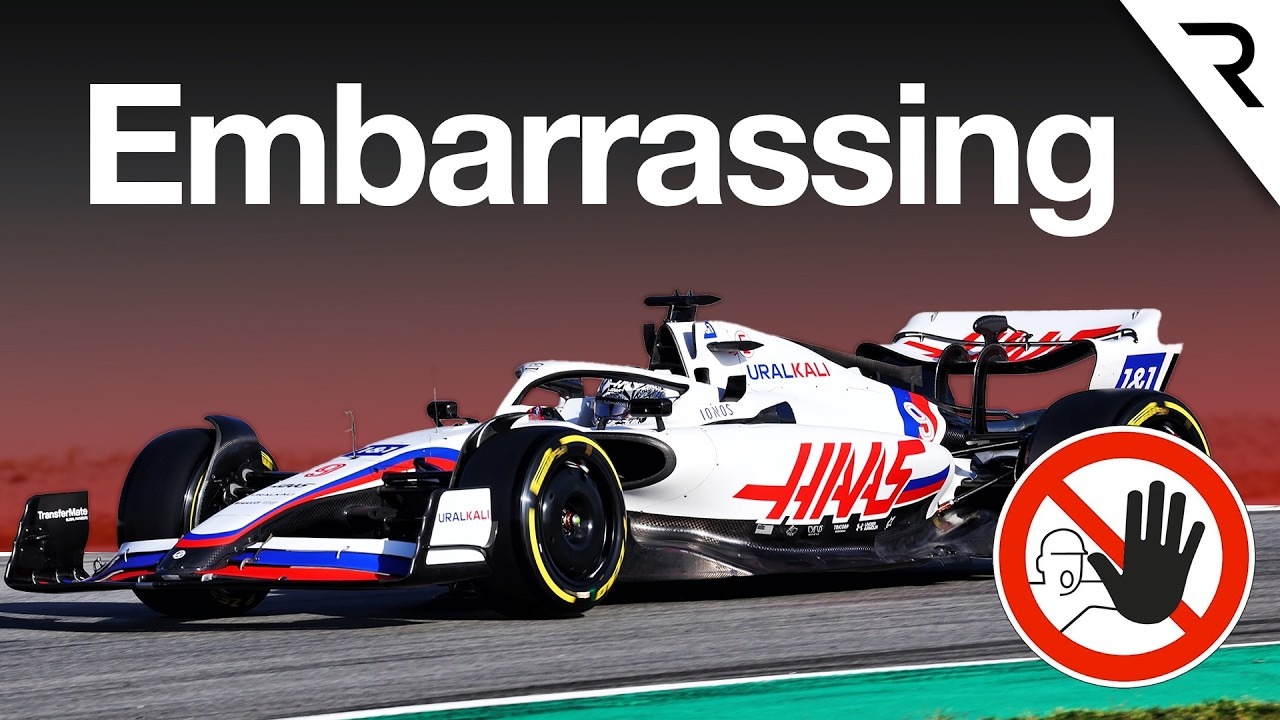Here is a question with hundreds of right answers: What is the ultimate Porsche? The 917? the first generation Cayenne? For a brand that’s often accused of making the same car over and over again, there is certainly plenty to pick from. It’s a question of subjectivity, surely, but with that said there is one man slightly more qualified than most to offer an opinion…
Alexander Klein is the head of the historical car collection at the Porsche museum, a role that includes looking after the priceless fleet of some 625 machines kept in the storeroom at Zuffenhausen. And for him, one example stands out from the rest; the 1973 911 RSR. I went to Stuttgart to find out from the man himself what makes this car so important to the 911 story and the broader history of Porsche in motorsport.


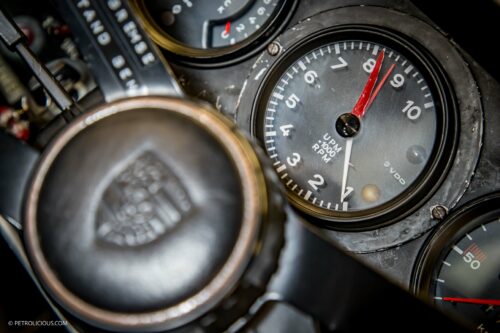
The RSR wasn’t in the museum during my visit, nor was it in the workshop that can be seen through the window on the other side of the café, but rather in the warehouse, the fabled storage facility that not many non-Porsche people ever get to reverently tread through. It was with a feeling of utter awe that I stepped inside.

The first sight that greeted me was a 1998 GT1 Evo being wheeled off the trailer after having just arrived back from the United States; a fantastic piece of GT racing and homologation history, but it was the curvaceous RSR in front that Alexander had brought me in to see. With the number 9 on the door, the Martini logo and the green front bumper, it looked very much like a Targa Florio car. But it didn’t have the Martini lines that go around the number 8 of the winning car’s door, and it did not have the unusual “Mary Stuart” rear wing that the 1973 cars were famous for sporting in that year’s Targa and Le Mans. Also, I was sure that Alexander said it was a road car we were going to drive… I wasn’t disappointed, though, as a Targa Florio RSR replica would still be a pretty fine car to experience. Little did I know…


Alexander had his head in the engine bay adjusting the throttle body by hand while I turned the ignition key, and from my spot in the hunkered down driver’s seat I noticed the rev counter went all the way up to nearly 9000rpm. That seemed a little excessive for a road car dressed up to look like a Targa Florio car, but then it didn’t seem a stretch to believe that Porsche would make their replicas extremely accurate. There was even a replica stamp on the steering wheel warning of taking the hand brake off before moving. The gauges also had some very age-authentic patina on them. It still didn’t click when a mechanic gaffer-taped-on number plates that started with the letters “LEO,” not the local “S” for Stuttgart.
But in pulling away from the garage doors, the heavy judder of the competition-spec clutch made me realize that this was no road car. There were three cars in the 1973 Targa Florio, but I could only recall the winning car —the #8 RSR driven by Herbert Müller and Gils van Lennep. I asked Alexander, a bit sheepishly, if this was an original Targa Florio car I was driving. A mischievous grin crept across his face. “We wanted to do something special for you.” “My goodness me,” is the printable version of how I responded.

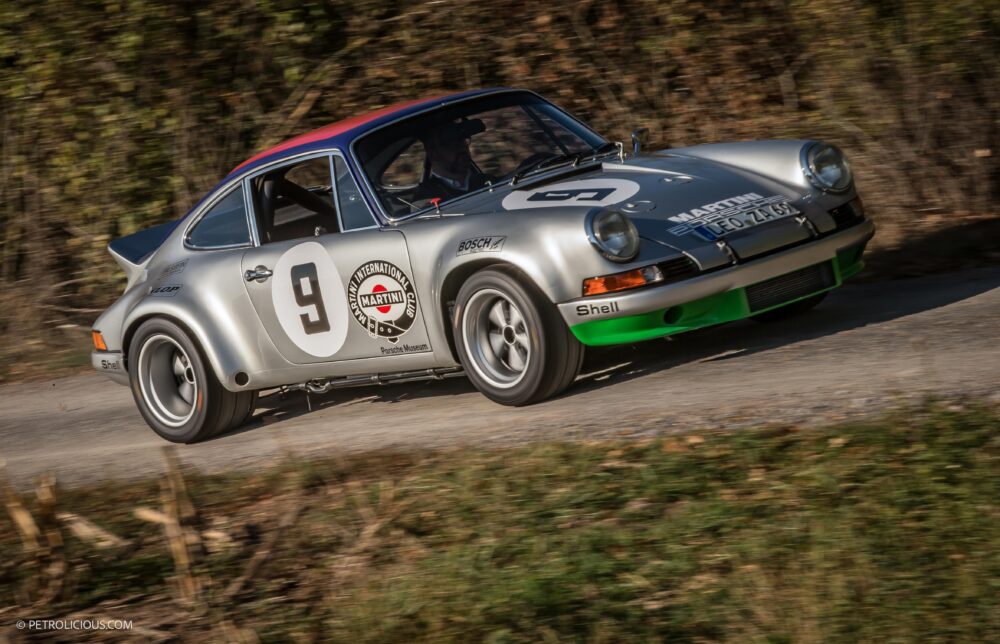
Despite the Targa Florio’s lack of racetrack-spec asphalt, industrial estate roads and gravel farm tracks are not the car’s natural habitat, and so no matter how gorgeously the engine barked when Alexander gunned it for the panning shots there was no way we could do a test drive that in any way would demonstrate the car’s performance and handling capabilities. Honestly though, it was enough to just stand and stare at the car’s curves in the late low sun just imagining what it would have looked like blasting around the 600 some corners that constituted the Targa Florio layout in 1973.
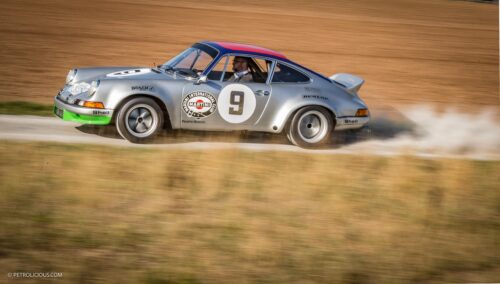

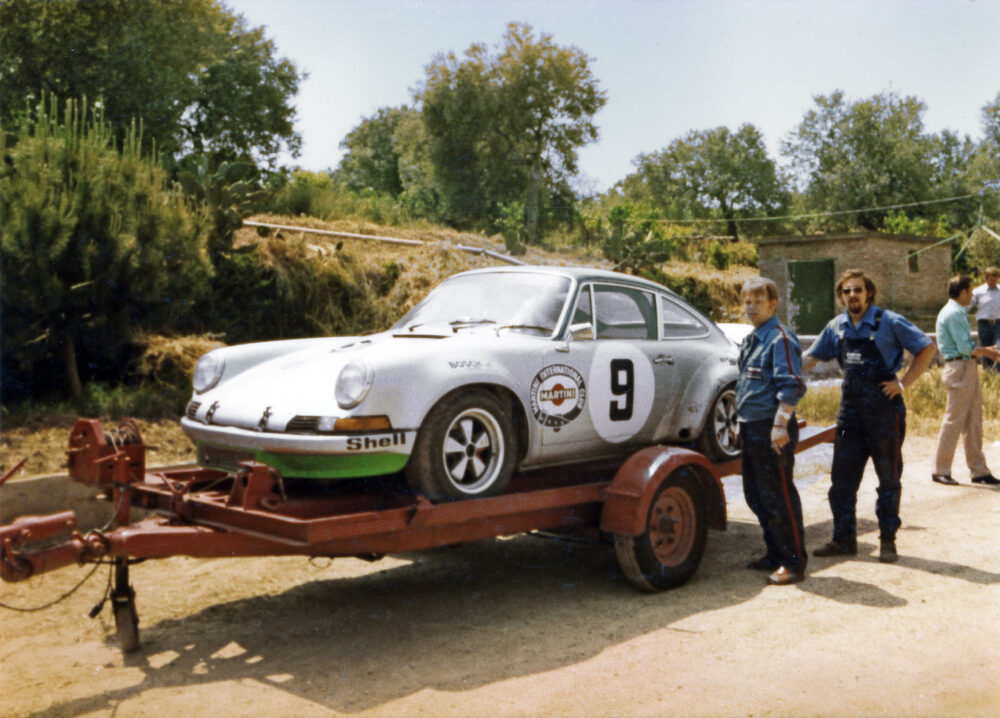
Mention classic Porsche race cars of the early 1970s and it has to be the glorious 917 that comes to mind first, but with as much motorsport success the iconic prototype brought to the company, it’s the RSR that Alexander cites as the most important model of the era. “On a personal level I am a ’70s guy, so I love everything from that time, and the RSR is probably the ultimate iteration of the 911 in the pre-turbo years. And from the standpoint of the company, it’s the car that truly began our success in GT Racing.”
The GT era is an important point in Porsche motorsport history, as it’s one thing to make a top flight car like the 917 that only the very best drivers in the world can control, but the RSR was the first manufacturer built race-prepared GT car available for sale. This meant that amateur and privateer drivers could just go out and buy a car that was instantly competitive in any GT championship.”
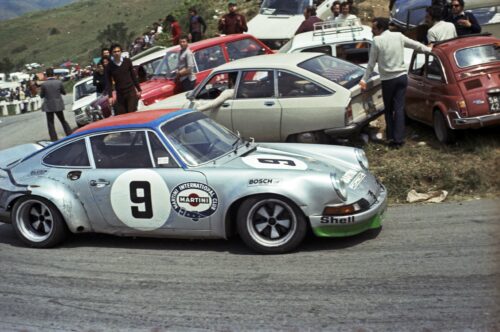

The project was a massive success and Porsche absolutely dominated national and international GT championships and classes for many years. So much so that in several championships other manufacturers didn’t even bother to field an entry. It was the start of a truly dominant era for the 911-based racers; The 2.1 Turbo, the 935, often stated as being the most successful race car of all time, all the way to the 935/78 “Moby Dick” all descended from the RSR.
The Car
For the 1972 World Sportscar Championship, the top-flight Group 6 prototype cars had their maximum engine size reduced from 5000cc to 3000cc. Unlike Ferrari with its 312 PB and newcomers Matra and Alfa Romeo, Porsche chose not to develop a new prototype racer from scratch and focused instead on the road-based 911 in the new European GT Championship and in the lower Group 4 class of the World Sportscar Championship.
The rules for Group 4 stipulated that 500 road-going versions had to be made for the race cars to be granted homologation status. This requirement was satisfied by the creation of the lightweight and track-oriented 2.7 Carrera RS road car. The car was such an instant hit when it was released that Porsche ended up making over 1000 extra models over what the FIA required.


The regulations also allowed a few upgrades to the race cars beyond the specification of the street models, which Porsche obviously exploited as much as it could, which resulted in boring out the engine to 2.8L and tuning it to produce over 300bhp, which resulted in Porsche cars winning six of the nine rounds of the 1973 European GT championship. The sum total of the modifications went beyond what was allowed for Group 4 cars, so before enough road versions could be modified for its homologation the RSR was forced to race in the Group 5 class with prototypes. Despite being outclassed in terms of weight, power, and aerodynamic efficiency by the prototype cars at the new RSR’s first race—the 1973 24 Hours of Daytona—the Brumos-led team outlasted the field and won the race with a 22-lap margin over the second-place Ferrari. It was a sensational result, but one that wasn’t repeated for the rest of the season. On circuits such as Monza were pure straight line speed was the critical factor, the 911 RSRs were soundly beaten. And it was supposed to be the same story in Sicily…
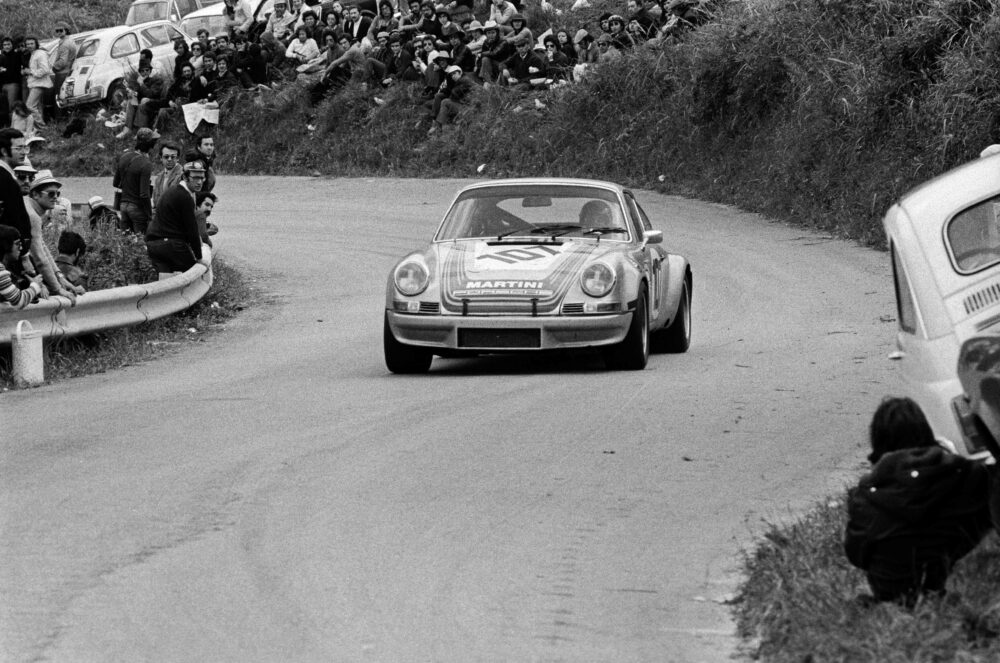
Free of the Group 4 homologation restrictions, one very visual change from the road cars was the experimental “Mary Stuart” rear wing that extended the classic duck tail around to the wide rear arches. First seen in Monza in aluminum, which Norbert Singer says took twenty minutes to make, Porsche had constructed a lighter plastic version of the design for the Targa Florio—later at the 24 Hours of Le Mans (where the RSR would take a class win and fourth place overall), the wing was integrated directly into the body work.
The Race
The Targa Florio was for many years a round of the World Sportscar Championship. Consisting of 11 laps around a 45-mile course on public mountain roads on the island of Sicily, along with the Mille Miglia and Carrera Panamerica the Targa Florio was considered one of the ultimate endurance road races. But as with the others of its ilk, it was discontinued due to the inherent risks. After 67 years, 18 of which as a round of the World Sportscar Championship, the 1973 edition of the Targa Florio was its last year as an FIA sanctioned event.
Since the mid 1950s, it had been an almost exclusively Porsche versus Ferrari affair at the race, with the 1972 edition having been won by Sandro Munari and Arturo Merzario in a Ferrari 312 PB. Weighing in 245kg lighter and with an extra 130bhp, on paper the Ferraris and Alfas should have left the road car-based 911 RSRs far behind. That didn’t happen.


The constantly curving 45-mile lap, with between 600 and 800 corners depending on how you count them, rewarded deft handling and durability more than it did outright speed. And although it’s not written in contemporary accounts of the race, the RSRs were in contention from the start, and as the handwritten timekeeping sheets show, they could have won even if the two Ferrari and two Alfa prototype class cars hadn’t retired from the race.

The win by drivers Gijs van Lennep and Herbert Müller was a long celebrated victory and rightly so. Porsche’s win on the island against cars essentially a class above the RSR was a legendary feat—that it happened during the very last true Targa Florio only added to the already impressive David versus Goliath story. The car pictured for this story wearing the #9 was the third-place finisher, giving the Porsche RSR two spots on the final podium, split by the second-place team of Munari and Andruet driving a Lancia Stratos. One RSR was crashed in practice, but was replaced in time for the race itself, wearing the same #107 as its sacrificed sibling.

The Drivers
Leo Kinnunen was one of the true all-round talents with notable successes on gravel as well as tarmac. From bikes to autocross, ice racing, rallying, and Formula 3, in 1969 driving a Porsche 908/2 he won the Nordic Challenge, the forerunner of the Interserie, a performance which led to an invitation to test for Porsche. In 1970, driving a John Wyer Gulf-liveried 917 with Pedro Rodríguez, he was instrumental in helping Porsche win the World Sportscar Championship, which was arguably the highlight of his career.
In an open topped ex-CanAm 917/10, Kinnunen went on to dominate the European Interserie for three years, from 1971 to 1973. Also in 1973 he took a Porsche Carrera to third place overall in the famous Finnish round of the World Rally Championship—the 1000 Lakes—behind Finnish rallying legends Timo Mäkinen and Markku Alén.
1974 brought an abrupt end to the success, though, as in a hopelessly unreliable and competitive Surtees TS16 he suffered a horrid year in Formula 1 where he either failed to qualify or else retired from almost every race.
Back with Porsche in 1975—in a Martini-liveried 908 Turbo—he partnered with the 1973 Targa Florio winner Herbert Müller in the World Sportscar Championship. The results achieved in the Interserie weren’t repeated though. A single third place finish at the Nürburgring was the best result of the season. The following year yielded better results, wherein he piloted a Porsche 934 to three podiums. A couple of rallying outings, the most successful being the 1979 Arctic rally, which he won, saw the end of his motorsport career.
His third place at the 1973 Targa Florio wasn’t the highlight of his trips to Sicily though. Replacing an ill Rodríguez in 1970 in a works Porsche 908/03, Kinnunen set the car up to his liking, which he could never do when he partnered with Rodríguez when the two shared a 917. On the last of the 11 laps, Kinnunen set a time of 33 minutes and 36 seconds, a full 90 seconds faster than the previous record. With 1973 being the last time the event was contested by works teams, it still stands as the fastest lap ever recorded at the Targa Florio.


If Kinnunen was known as an all-rounder, the Swiss driver he drove with during the ’73 Targa Florio, Claude Haldi, is best remembered as a Le Man’s specialist. After having competed in the 24-hour race a grand total of 22 times, 14 of those at the wheel of a Porsche, he is the seventh most experienced driver around Le Mans’ Circuit de la Sarthe. Despite many DNFs over the years, his highest placing was in 1975 when he won the GTX class with Bernard Béguin and Kees Nierop in a 911 Carrera Turbo.
Twice he was a works Porsche driver, in 1973 in an RSR, and again 14 years later when he drove with René Metge and Peter Zbinden in the Rothmans-sponsored 961, the short-lived circuit racing version of the Porsche 959.
In 1988 Haldi was also part of the team that recorded an incredible 405km/h down the Mulsanne Straight in a Welter-Meunier Peugeot. His last race was in 1993, in which he drove a 964-based 911 Carrera RSR. Once retired from active participation in motorsport, Haldi became president of the Swiss Auto Club, where one of the roles was to push for the reintroduction of top-flight motorsport events in Switzerland, a blanket having been introduced after the 1955 Le Mans tragedy.
Sadly, both men sadly passed away in 2017, but their legacies are still here, embodied by their names on record sheets, and of course in the cars they drove on the way there. This 911 RSR is just one lasting memory out of many.

